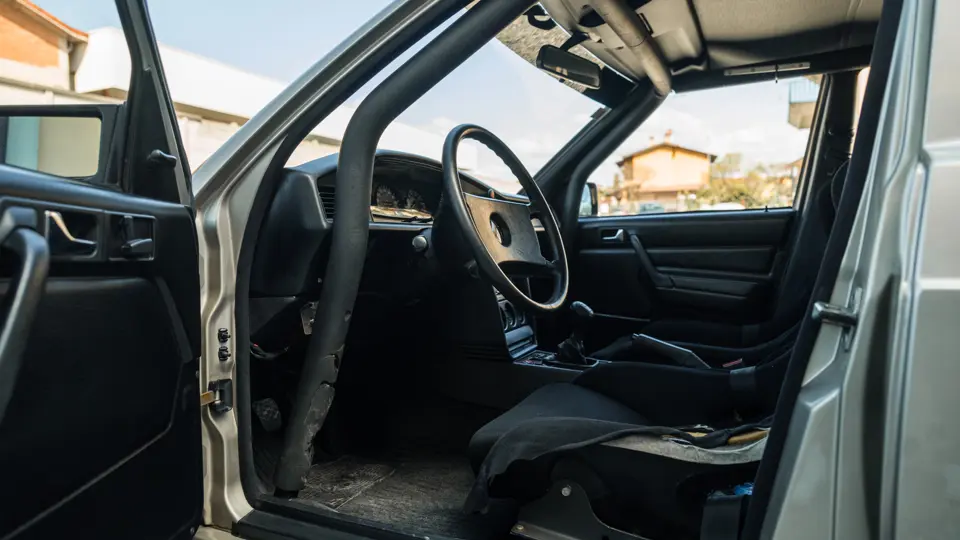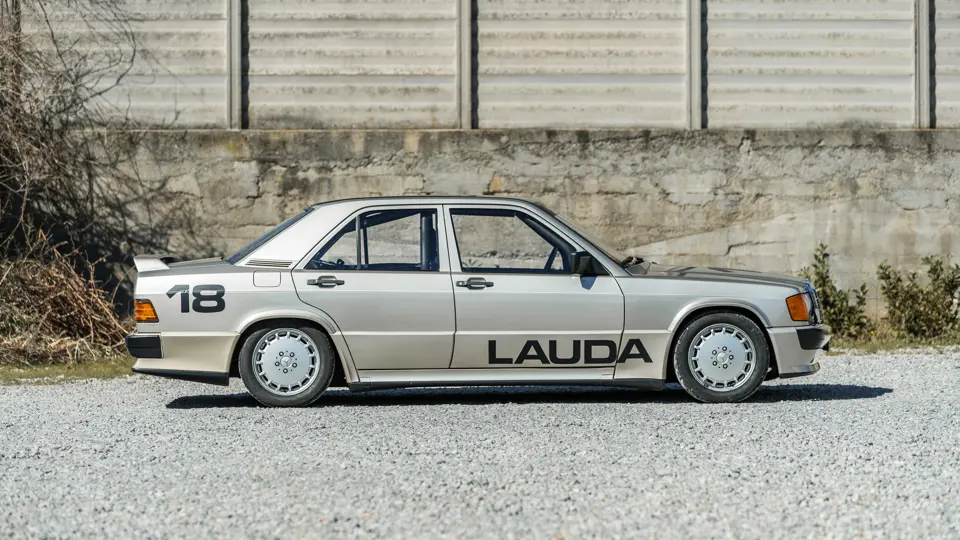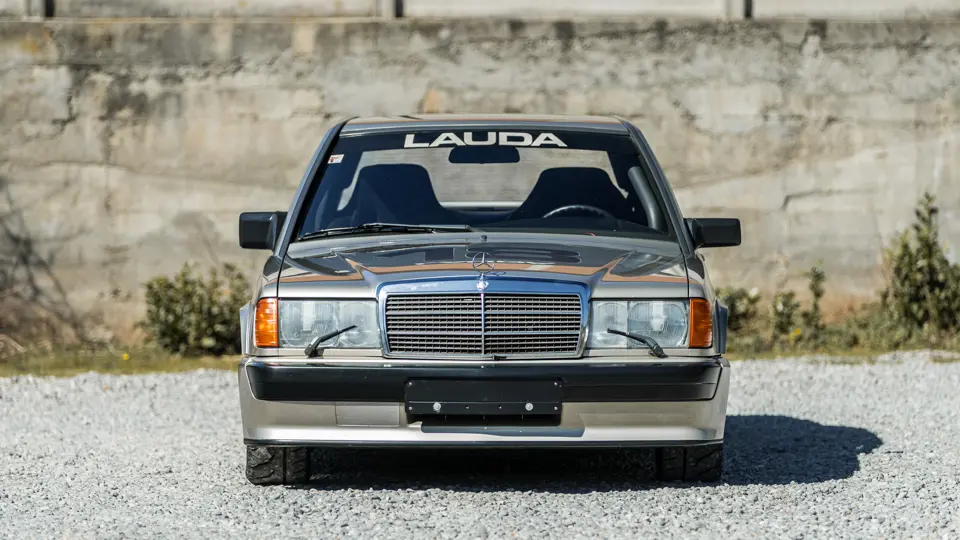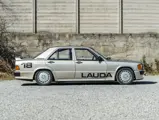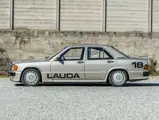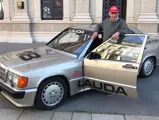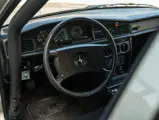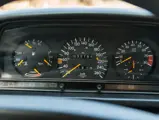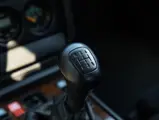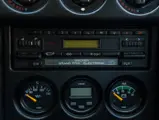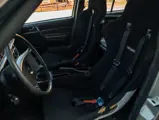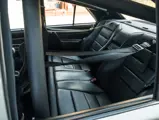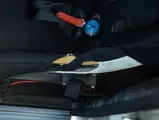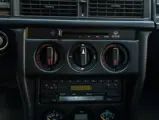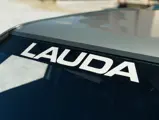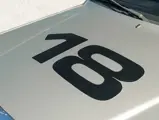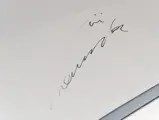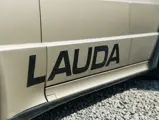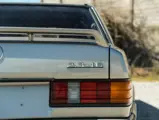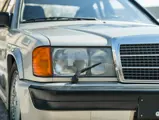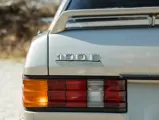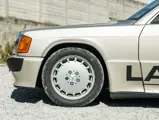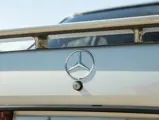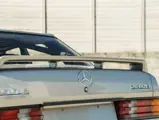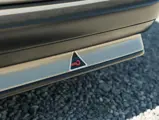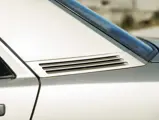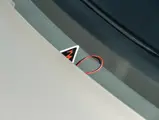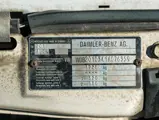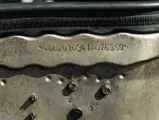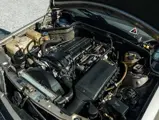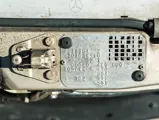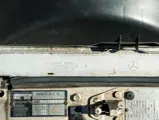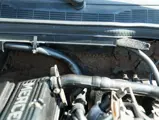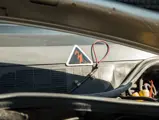
1984 Mercedes-Benz 190 E 2.3-16 'Nürburgring'
{{lr.item.text}}
CHF308,750 | Sold
Offered from The Iseli Collection
{{bidding.lot.reserveStatusFormatted}}
- Offered from The Iseli Collection
- One of just 21 examples prepared exclusively for the 1984 Nürburgring “Race of Champions”
- Driven to 2nd overall in the race by three-time Formula 1 World Champion, Niki Lauda
- Piloted by Lauda months into his third and final Championship-winning season
- The only privately-owned example to remain in its original “as raced” configuration
- Verified by Mercedes-Benz Classic and copies of its vehicle logbook
On 12 May 1984, Mercedes-Benz hosted the “Nürburgring Champions’ Cup”, a celebratory event that remains the largest gathering of past and present Formula 1 World Champions ever assembled. The congress culminated in a 12-lap exhibition race to consecrate both the debut of Mercedes-Benz’s new 190 E 2.3-16 sport saloon, and the opening of the Nürburgring’s latest Grand Prix circuit. With five-time champion and Mercedes-Benz brand ambassador Juan Manuel Fangio acting as master of ceremonies, the 20-member field featured nine of the 12 living Formula 1 champions, as well as several current and former Formula 1 drivers, and Nürburgring aces. Each driver was to compete with a new 190 E 2.3-16 that had been modified for competition by Gerhard Lepler of Mercedes-Benz Sport-Technik.
The attendance list also included two future Formula 1 World Champions—the first being McLaren’s veteran Alain Prost, who had already secured 11 victories from 63 starts and runner-up position in the 1983 Drivers’ Championship. The second future champion in attendance was a fearless—though then-obscure—Formula 1 rookie named Aryton Senna. Just seven days prior, Senna had failed to qualify for the San Marino Grand Prix. Niki Lauda, a World Champion in 1975 and 1977, was four races into a Formula 1 campaign in which the Austrian was once again crowned with his third title.
Lauda, then at the beginning of a driver pairing with new McLaren teammate Alain Prost, had already taken a race win by this point in May 1984, as had the Frenchman with two chequered flags. Prost and Senna did not know each other, let alone consider themselves rivals—nor did Prost and Lauda have any idea that they were already locked into the closest-ever fight for the Formula 1 Drivers’ Championship, with Lauda eventually taking the 1984 title by a mere half-point. By all accounts, the entire field approached this exhibition race with an air of lighthearted enjoyment—until it came to the crunch, and somebody had to win.
Mercedes-Benz Sport-Technik took 21 units of the new 190 E 2.3-16 from the production line and modified them for the event with a revised exhaust system and suspension setup, four-piston front brakes, a 4.08-ratio final drive, bolt-in roll cage with fire extinguisher, twin Recaro racing seats with six-point harnesses, a quick-release bonnet, central circuit breaker, as well as wider wheels wrapped with Pirelli racing tyres. Documentation from Mercedes-Benz Classic, as well as paperwork submitted to the German National Racing Commission in May 1984 (available to view on file), shows these 21 cars did not race with the engines listed on their factory data cards.
Though Prost began the rain-soaked race from pole position, only four turns into the first lap he was knocked hard in the rear by Elio de Angelis. On lap three, in a moment which foreshadowed—or perhaps ignited—their legendary rivalry, Senna punched into the lead with an aggressive move that forced Prost off the track. Lauda followed closely behind, and the race’s remaining eight laps resulted in Senna and Lauda battling neck-and-neck for the victory, trading the lead several times before the Brazilian rookie managed to pull away, claiming victory over Lauda and the rest of the distinguished field by a 1.58-second margin.
Immediately following the Race of Champions, all 21 cars—except the two used by Lauda and Senna—were converted back to their original specifications and sold as used cars to dealers or brand VIPs. Senna’s race-winning 2.3-16 ‘Nürburgring’ has been retained by the Mercedes-Benz Museum since new, thus Lauda’s example, offered here, is the only privately-owned car from the race that remains in its original “as raced” configuration.
Documentation on file shows that this remarkable machine was first registered by Mercedes-Benz in April 1984 as “S-HH-7837”. By February 1985, it had been sold to the fashion heir Jochen Holy and registered in Reutlingen as “RT-VV1”, though six months later it was sold to an enthusiast in Mannheim and registered under “MA-RD113”. Lauda’s car later passed to an Austrian collector from Vienna.
In October 2016, the car was reunited with Niki Lauda for the final time, and on this occasion he autographed the car’s roof. In 2017, the car was then treated to a comprehensive recommissioning at Mercedes-Benz Classic headquarters in Stuttgart, immediately prior to the car joining The Iseli Collection in 2018. Instigated by The Iseli Collection, a meeting of the two cars of Senna and Lauda took place on 16 September 2019, convening at Mercedes-Benz’s depot in Sindelfingen. It was planned that Lauda would attend, but sadly the Austrian driver passed away only a few months earlier.
Under current ownership, the Lauda 190 E 2.3-16 ‘Nürburgring’ has been exhibited by Mercedes-Benz Classic alongside Senna’s own race-winning chassis, and enjoyed by several English- and German-language automobile publications including evo and Petrolicious.





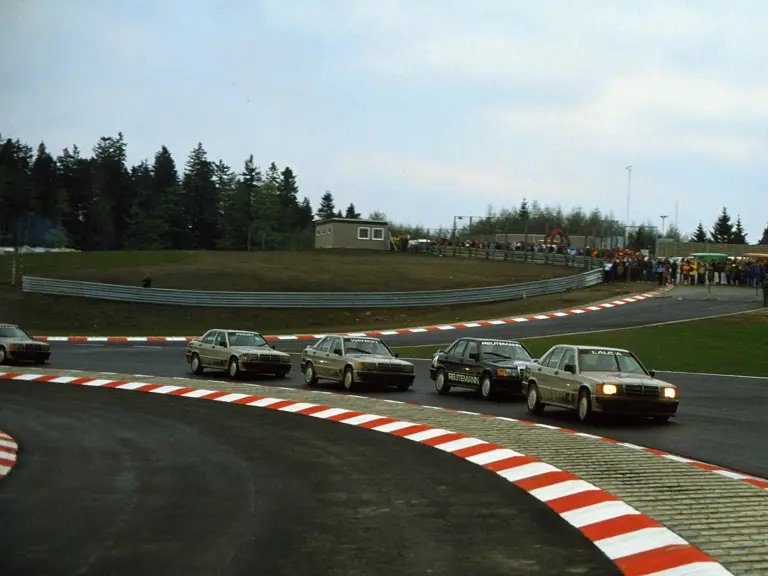




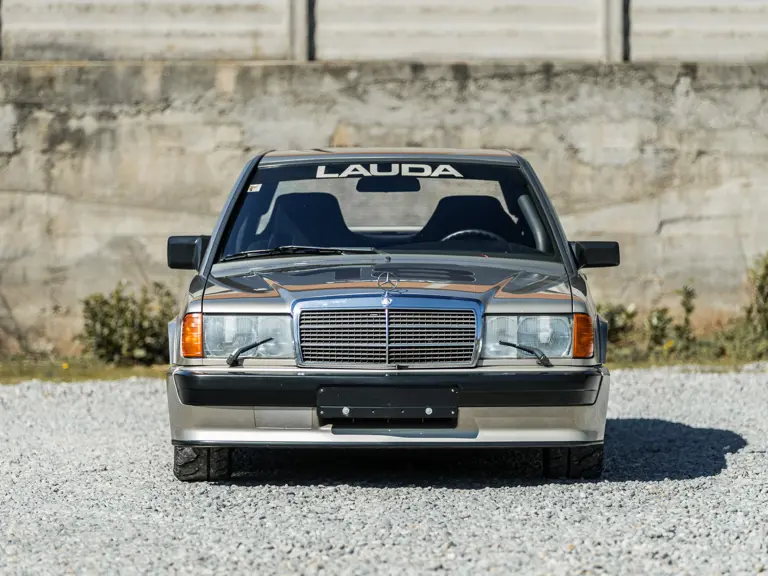
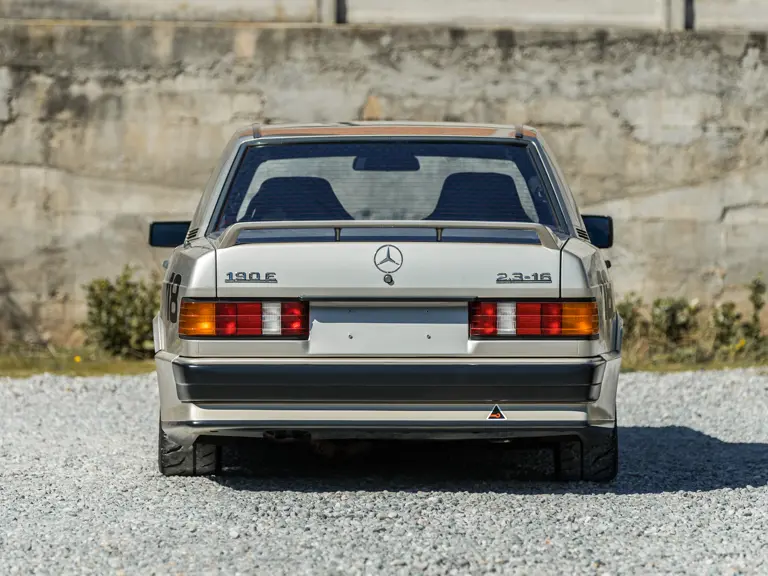
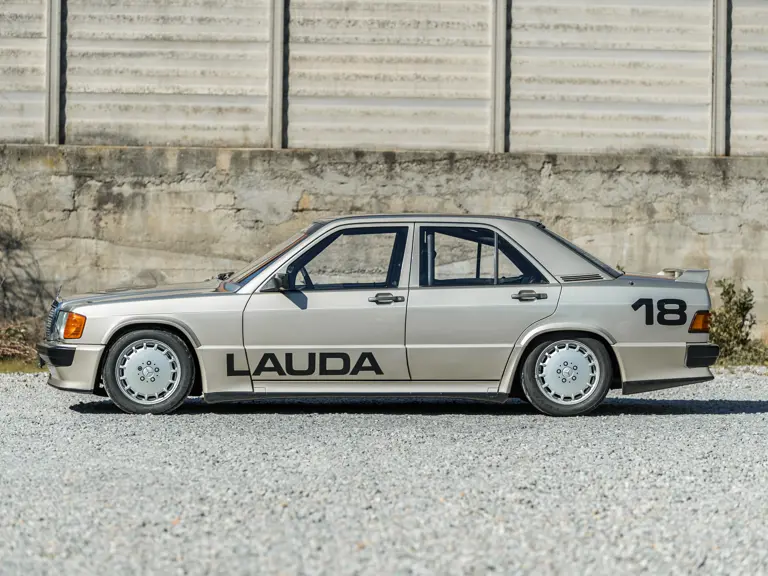

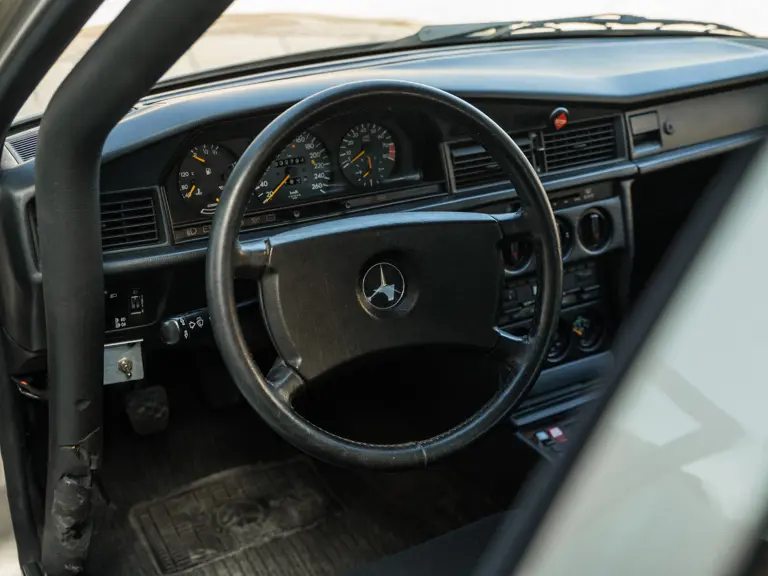
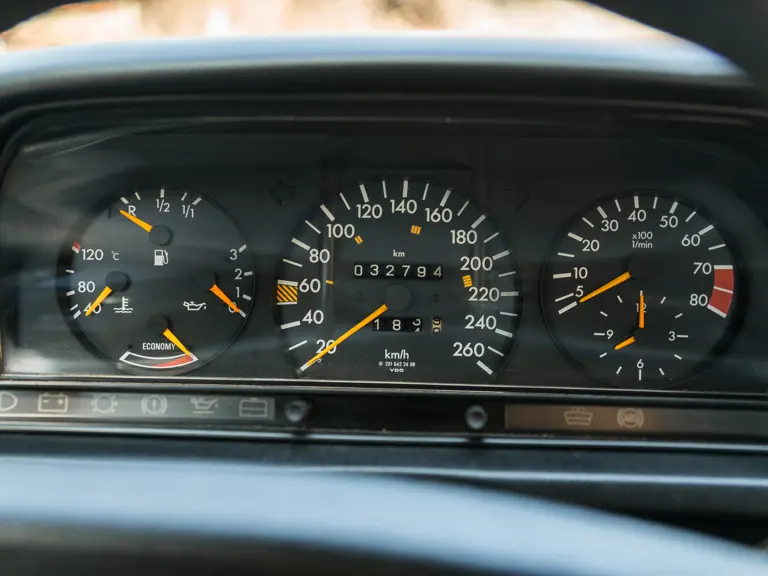
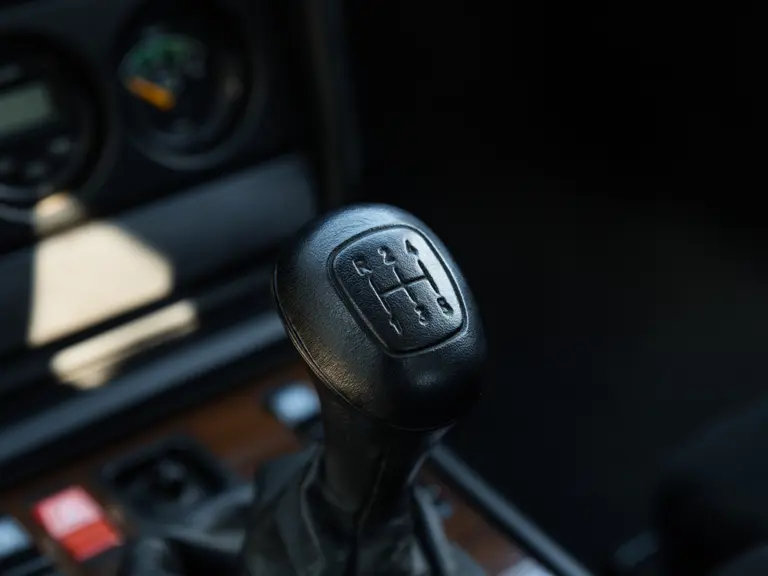
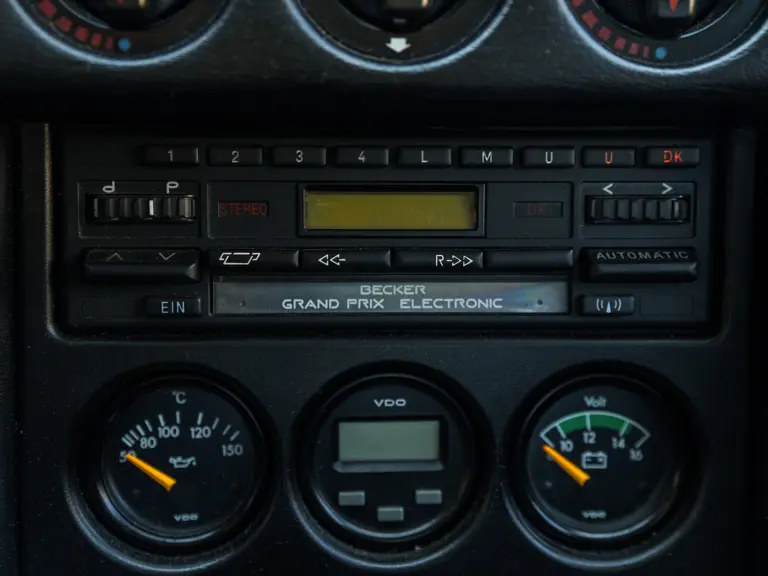
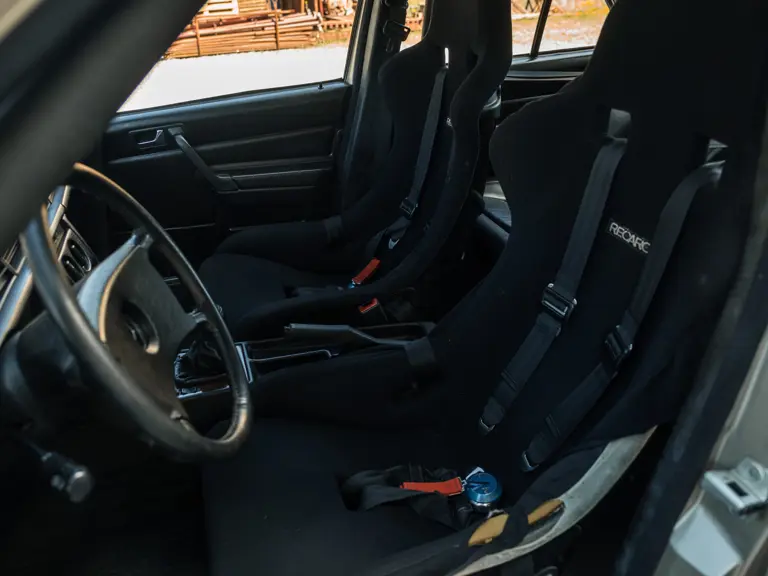

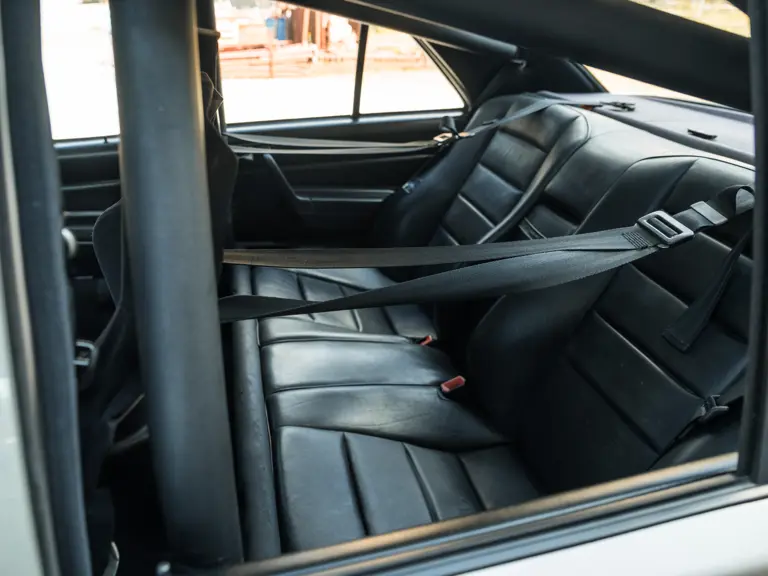
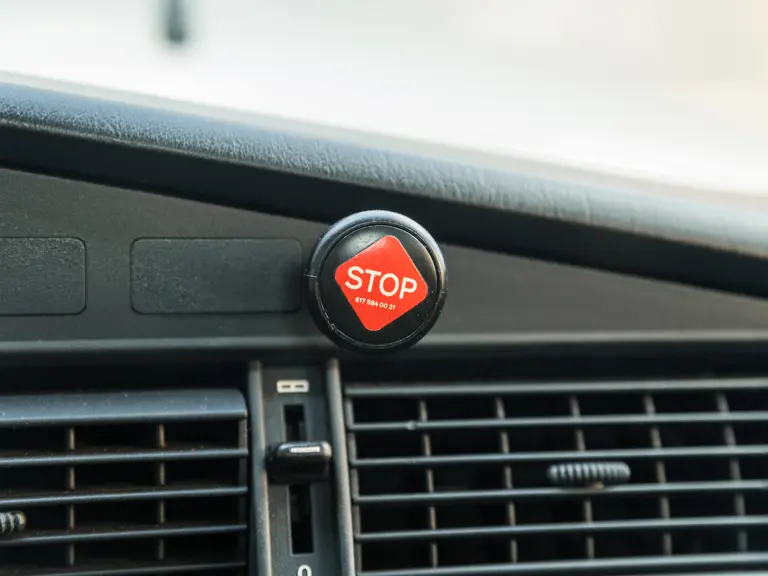
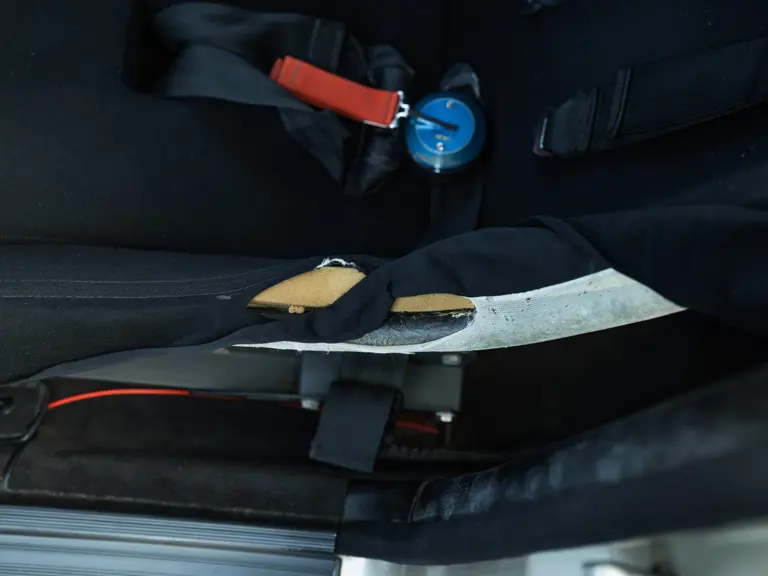
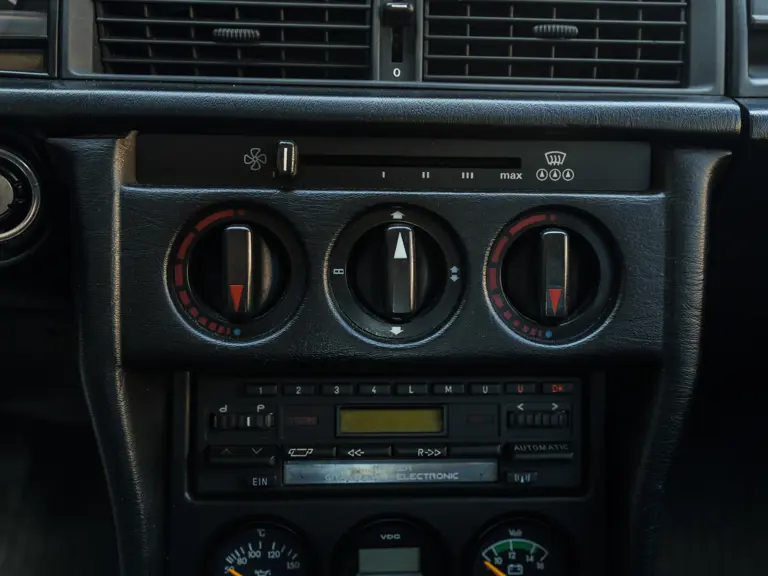
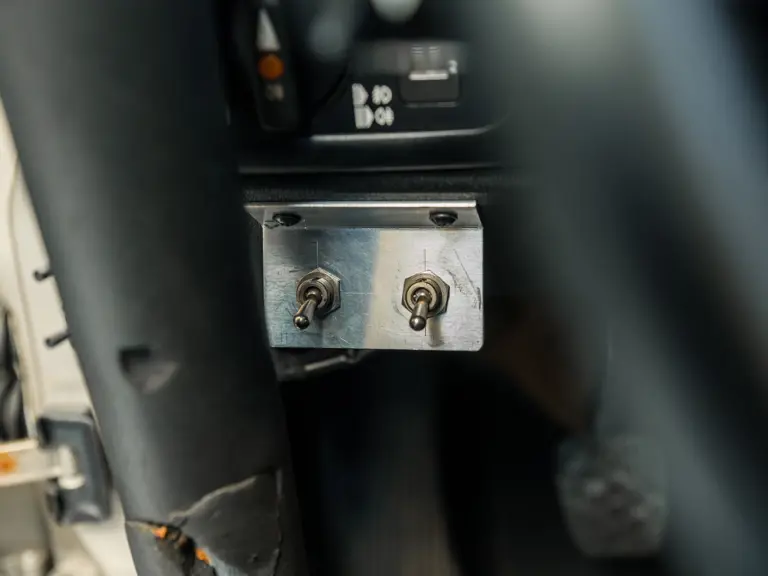

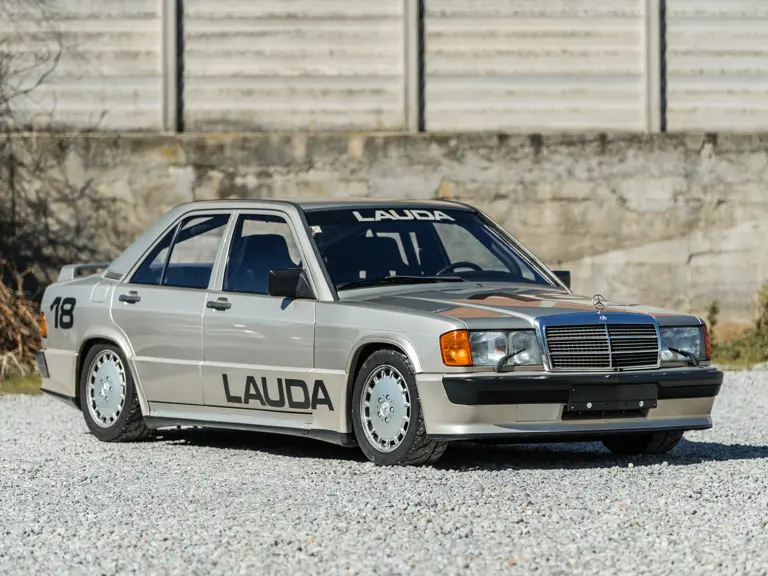

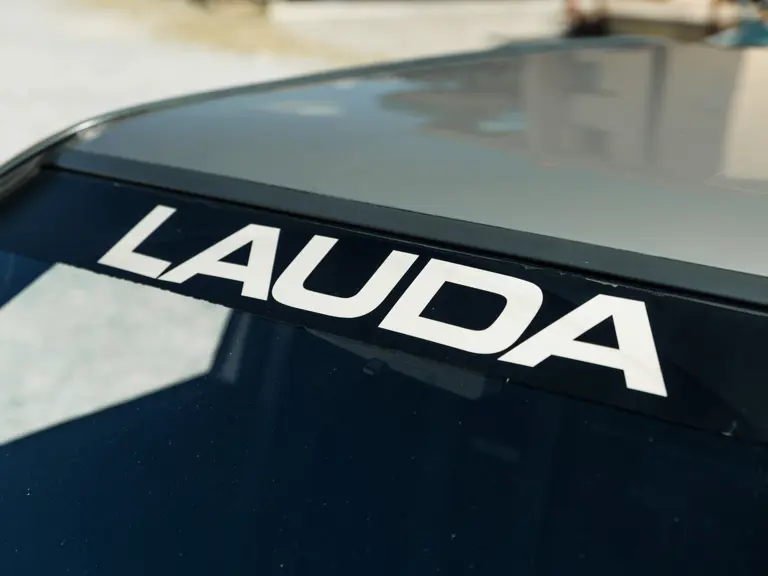
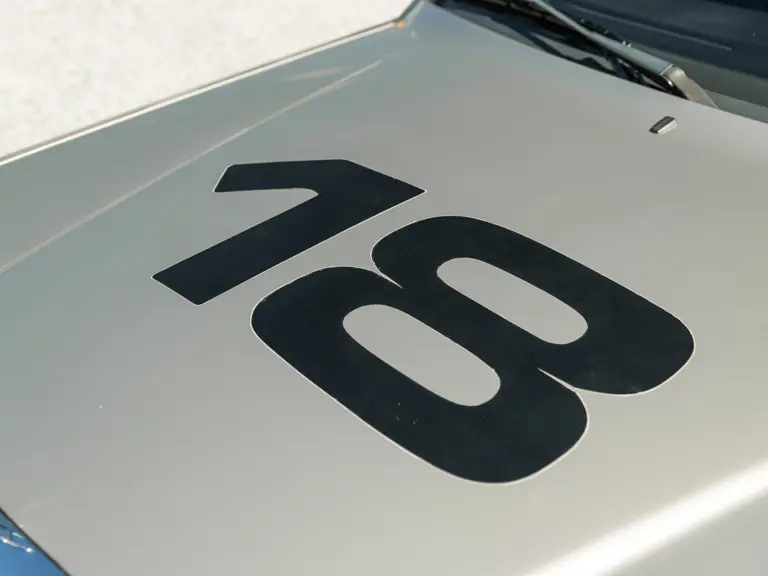
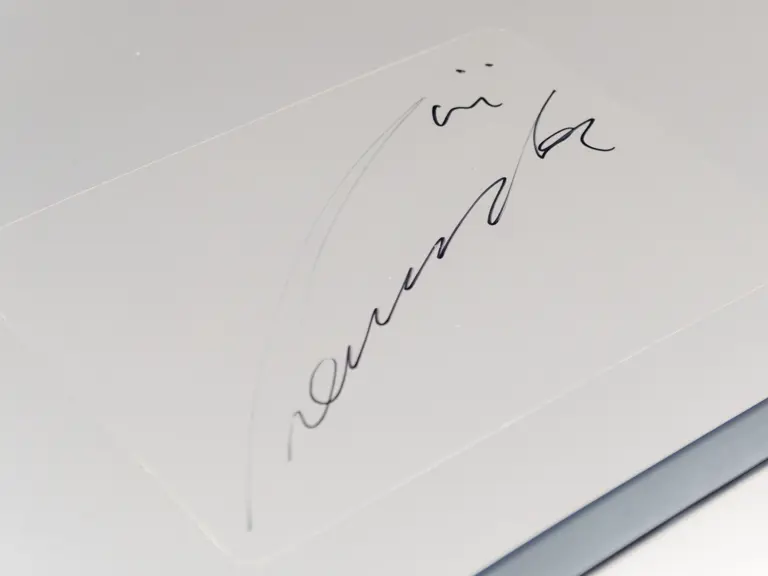
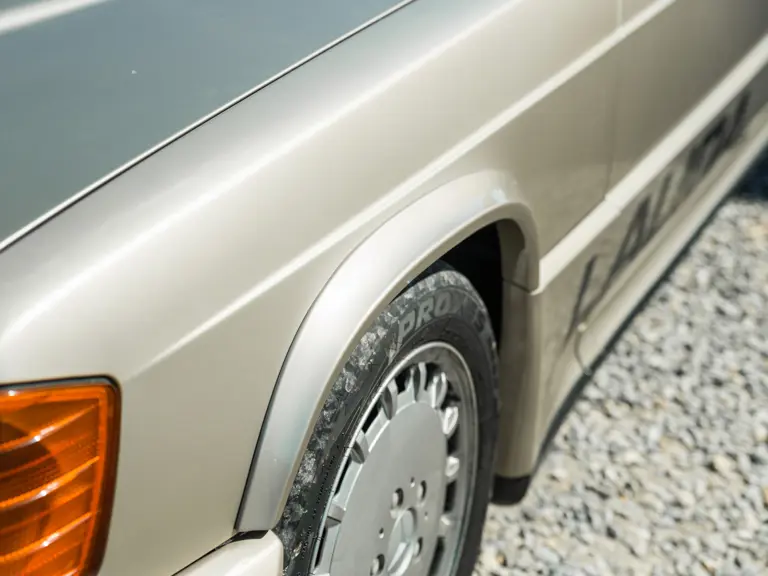


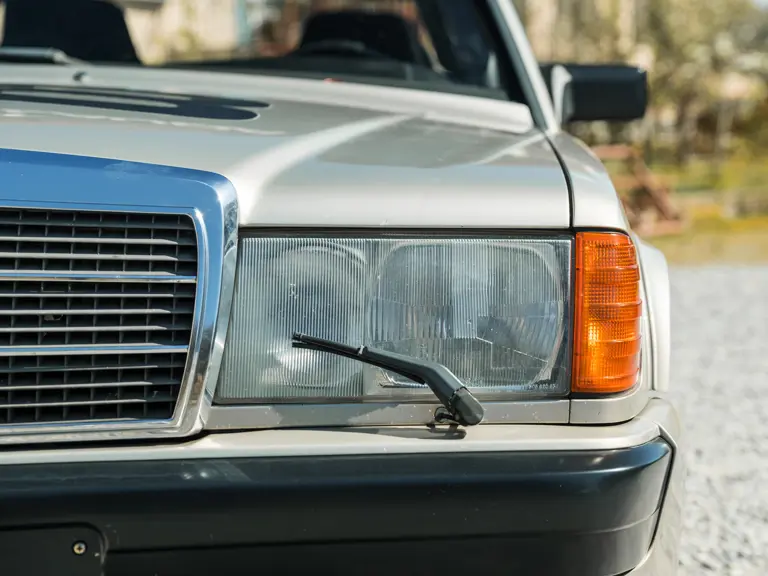
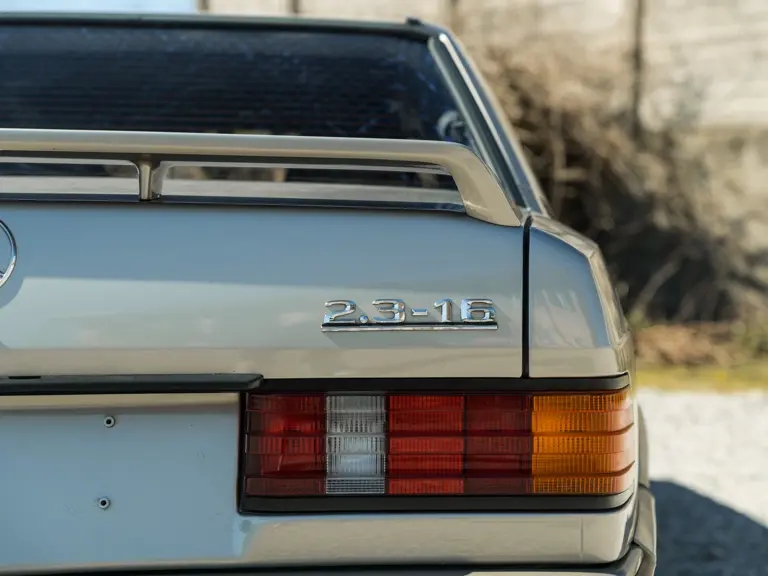
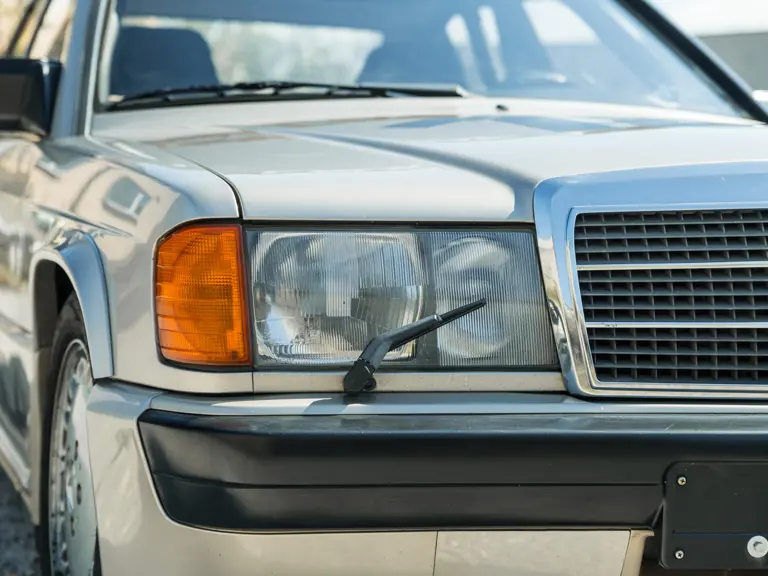

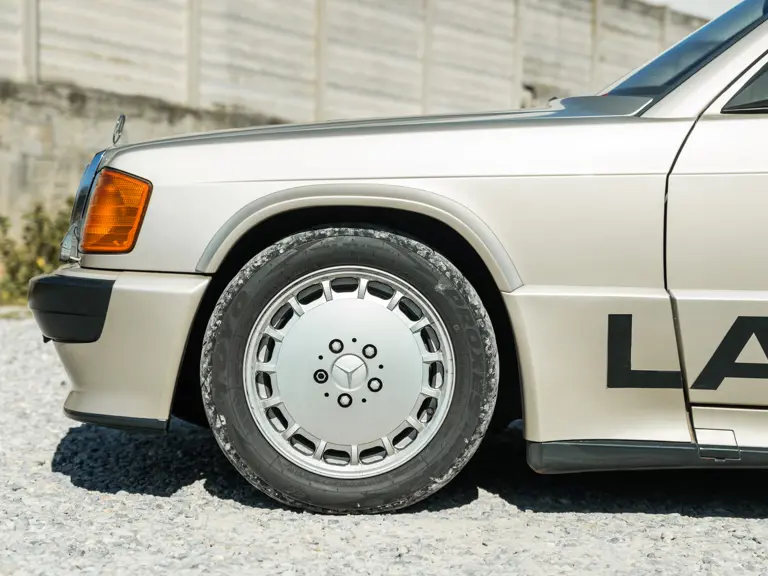
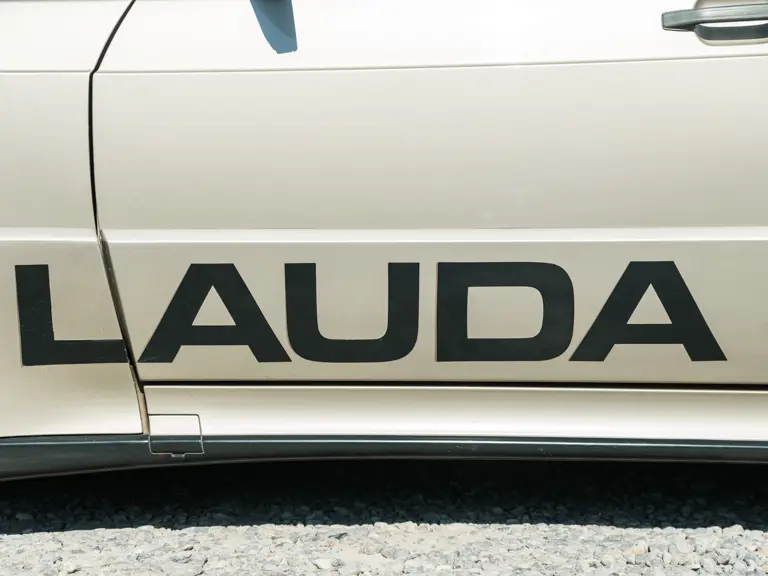
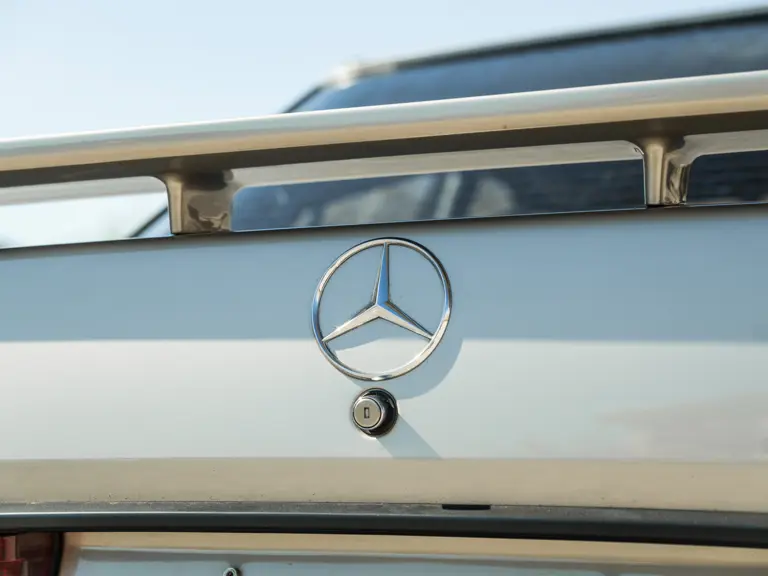


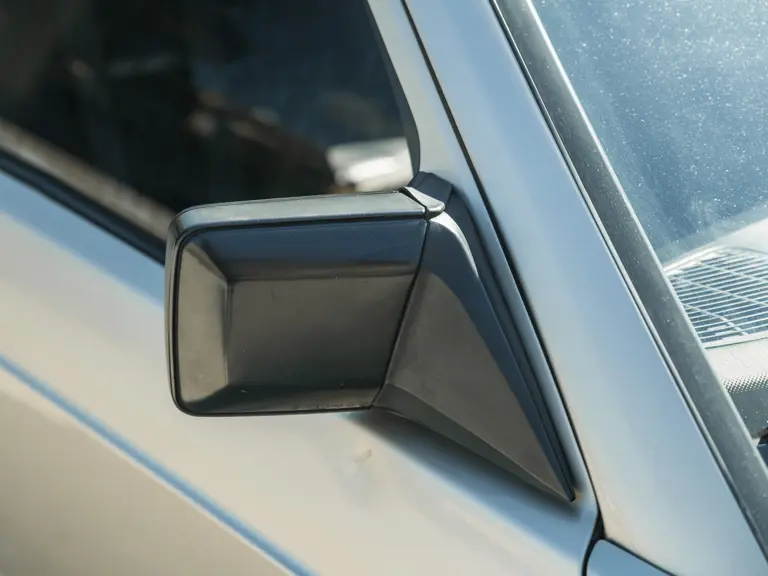






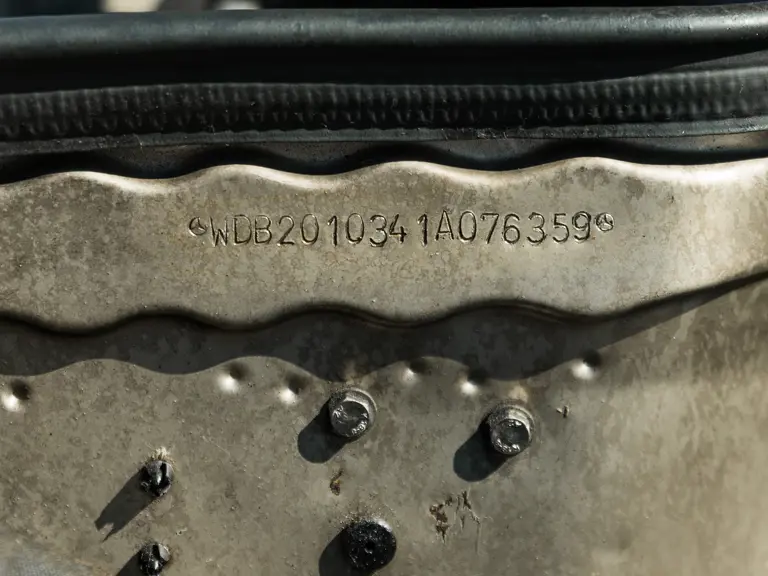
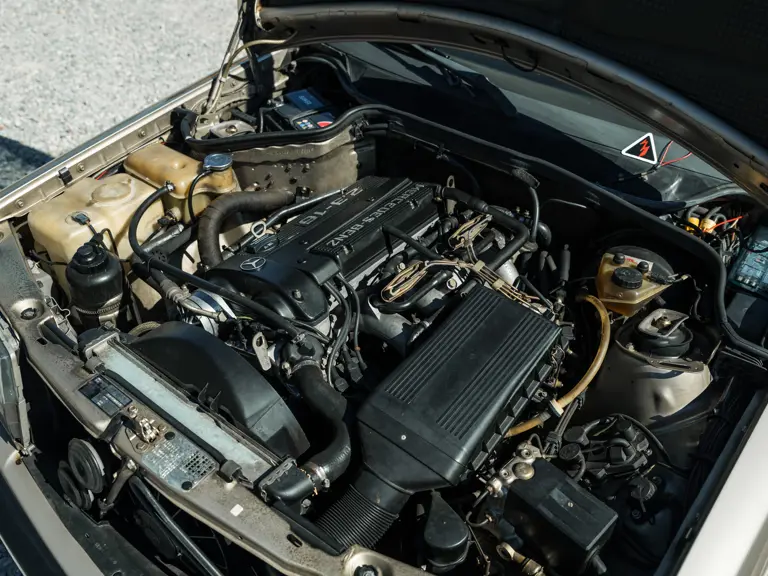

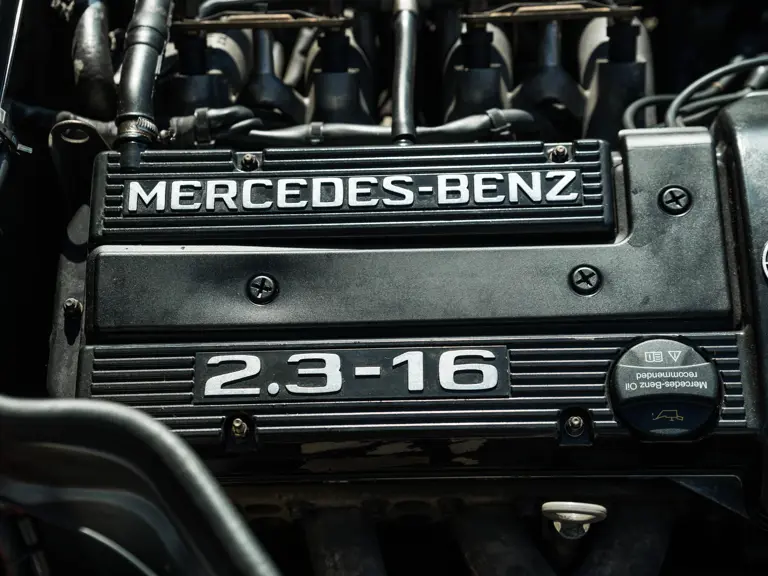

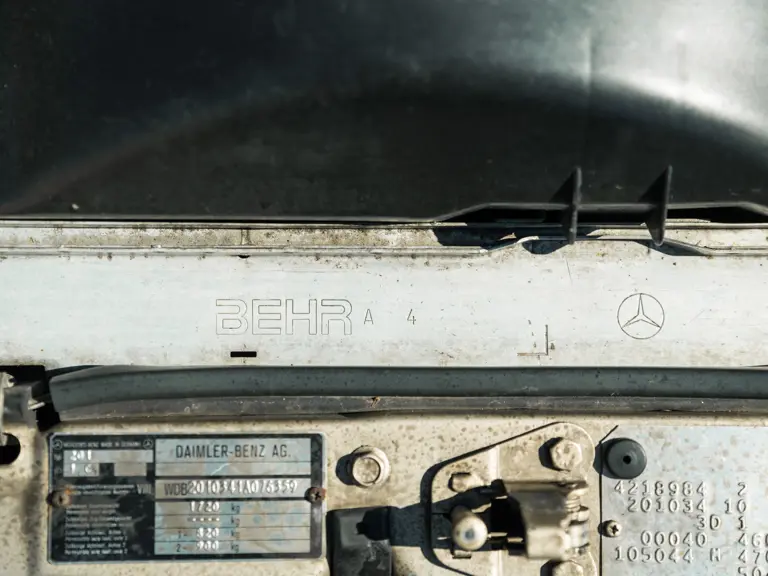


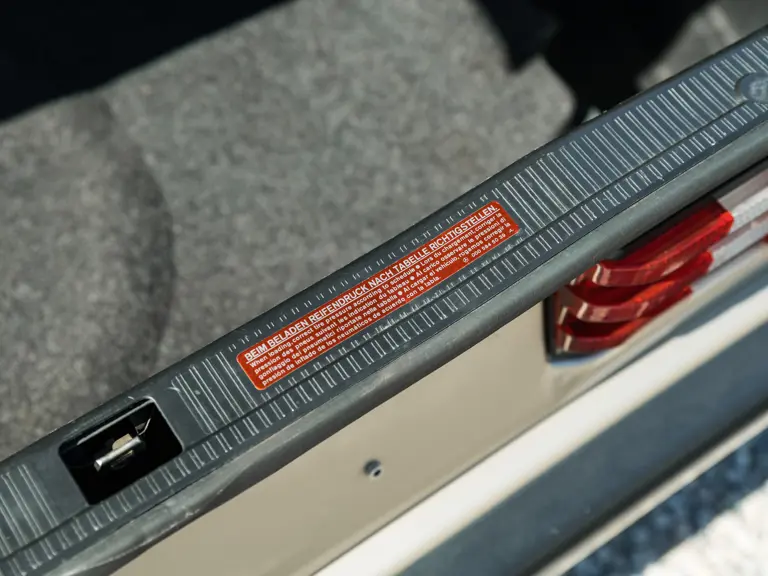
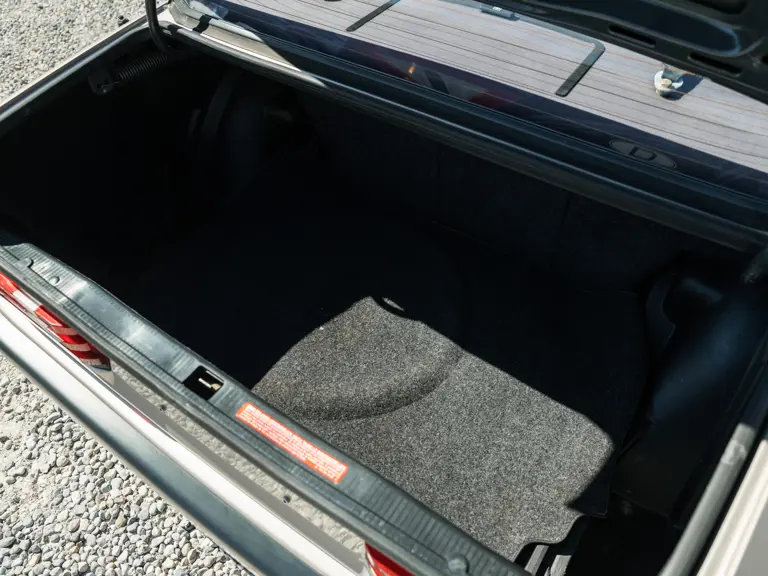
 | St. Moritz, Switzerland
| St. Moritz, Switzerland
